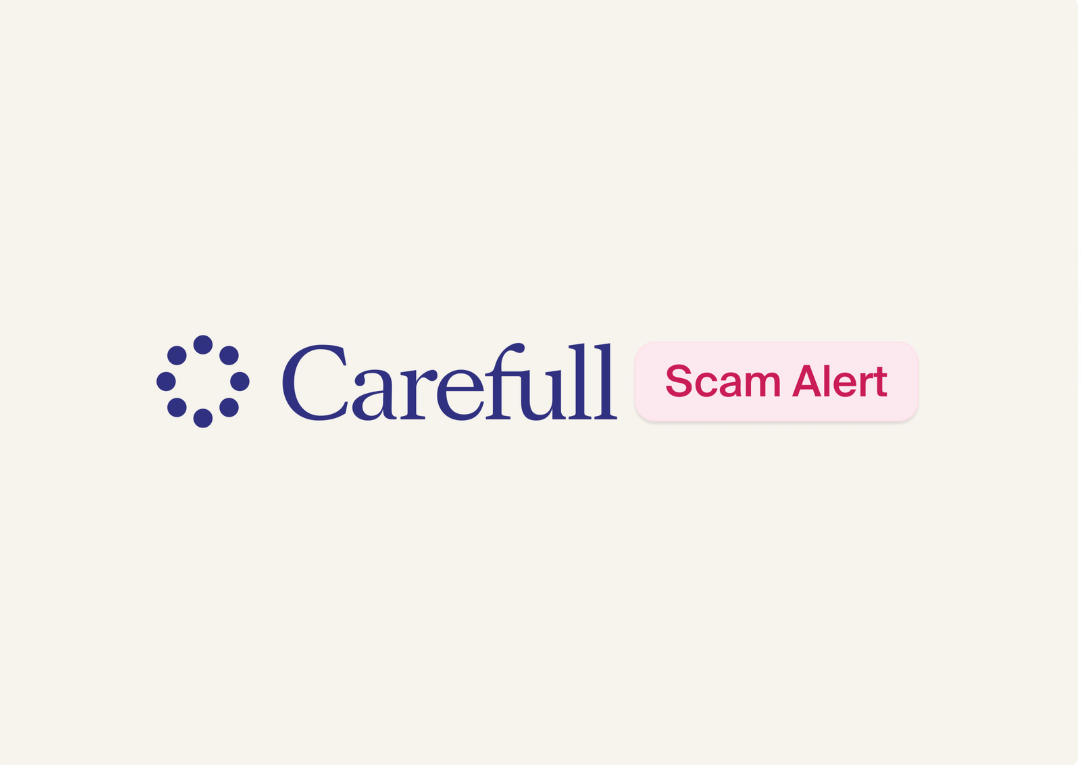The 4 Most Common Ways Scammers Will Contact You

When it comes to scams, it pays to be paranoid. Any call, email, text message or social media message you get from someone you don’t know should raise a red flag because these are all common methods that scammers use to contact victims.
You still should be wary even if the call or message appears to come from a trusted source. Scammers often pose as representatives from government agencies, businesses, charities and even family members in need when reaching out to consumers. That’s why it’s important to be familiar with the top four methods of contact scammers use and the signs that they aren’t who they say they are.
It’s important to note that government agencies such as the IRS or Social Security Administration will never contact you out of the blue using any of these methods. If you get an email, call, text message or direct message on social media from someone claiming to be with a government agency, it’s a scam.
1. Email
Email was the most common way consumers reported being contacted by scammers in both 2024 and 2023, according to the latest data from the Federal Trade Commission. Those who lost money to scams initiated by email reported a median loss of $600.
How to spot email scams: In the past, phishing emails were easy to detect because they were often generic and contained misspelled words and grammatical errors. Now, scammers can use artificial intelligence (AI) to craft highly targeted, well-written emails.
Be on the lookout for emails claiming that you must call, click a link or open an attachment immediately to claim a reward or avoid a negative outcome, such as suspension of an account. Hover your mouse over links to see the address matches where the link is supposed to be directing you. And never click on attachments from unknown senders because they could contain malware. If the sender claims to be with a company or organization you know, check the email address to make sure it matches the company name. If it doesn’t or is from a personal account, such as Gmail, it’s likely a scam.
2. Phone call
Phone calls were the second most common method of contact reported in 2024. However, consumers lost much more money per person—a median of $1,500—when interacting with scammers by phone, according to the FTC.
How to spot scam calls: Be wary of any unsolicited call from someone asking for your personal information or demanding an immediate payment, even if that person claims to be with an organization you know or to be someone you trust. AI is now making it easy for scammers to mimic voices and trick people into believing they are talking to someone they know. And technology can be used to alter caller ID information.
It’s best to let calls go to voicemail because scammers typically won’t leave a message. If you do get a message from an unknown person, call the company or organization that supposedly was contacting you rather than any number provided in the message. If you do answer a call and are being threatened or pressured to take immediate action, hang up. Then call the company that supposedly was calling to see if there is an issue that needs your attention.
Reduce the number of scam calls you get by installing a call blocking app. Carefull, which provides account, credit and identity monitoring, includes spam blocking assistance. Carefull members can select their phone provider and device type, and they'll be automatically sent a link to install their provider's preferred spam call blocking application. Every member also gets a direct line to a Care Agent for assistance installing the spam blocker.
3. Text message
Text messages were in a close third behind phone calls. Consumers also reported losing more money when interacting with scammers by text—a median of $1,000 per victim.
How to spot text scams: AI also is making it easier for scammers to send more targeted and convincing text messages. Common scam messages include claims about packages that can’t be delivered, suspicious activity on your accounts, problems with your payment information or payments such as tolls that are owed. In fact, there has been a recent surge in unpaid toll scam messages following the release of an update to text-message based phishing kits sold in China that make it easy to imitate toll road operators in many states.
Never click on links in messages from unknown senders because they could take you to fraudulent websites that will steal your money and personal information. If you’re worried that a company where you have an account is trying to reach you, contact the company directly or log into your account online to see if there is a problem.
4. Social media
Social media has become an increasingly popular way for scammers to connect with potential victims. When they do interact with consumers through social media, consumers are much more likely to lose money than through other contact methods. According to the FTC, 70% of consumers who were contacted by scammers through social media reported losing money, and total losses to social media scams were nearly $1.9 billion—about as much as losses to the other top three contact methods combined.
How to spot social media scams: Scammers use a variety of strategies to steal from people on social media. They market products, take people’s money then don’t deliver the goods. The pose as successful investors and invite people to join their investing clubs or to invest through fake brokerage or cryptocurrency sites. They create fake profiles using stolen photos to strike up online romances and ask for money. They also hack into existing accounts and use them to reach out to and con the account owners’ connections.
To avoid social media scams, the FTC recommends adjusting your privacy settings to limit who can see your posts and information. Beware of anyone who tries to strike up a romance online, and do a reverse image search to see if the photo on the account is associated with other accounts or people. Research reviews of companies before making purchases. And don’t believe anyone who claims to be offering an investment with high returns and no risk. All investments have some level of risk.
[ Keep Reading: What to Do If You’ve Been Scammed ]

3 Steps to Safer Money,
Try it Free for 30 Days
Step 1
Start your free,
no-risk trial
Step 2
Connect the accounts and cards you want protected
Step 3
Stay alerted to any
unusual activity



.png)



